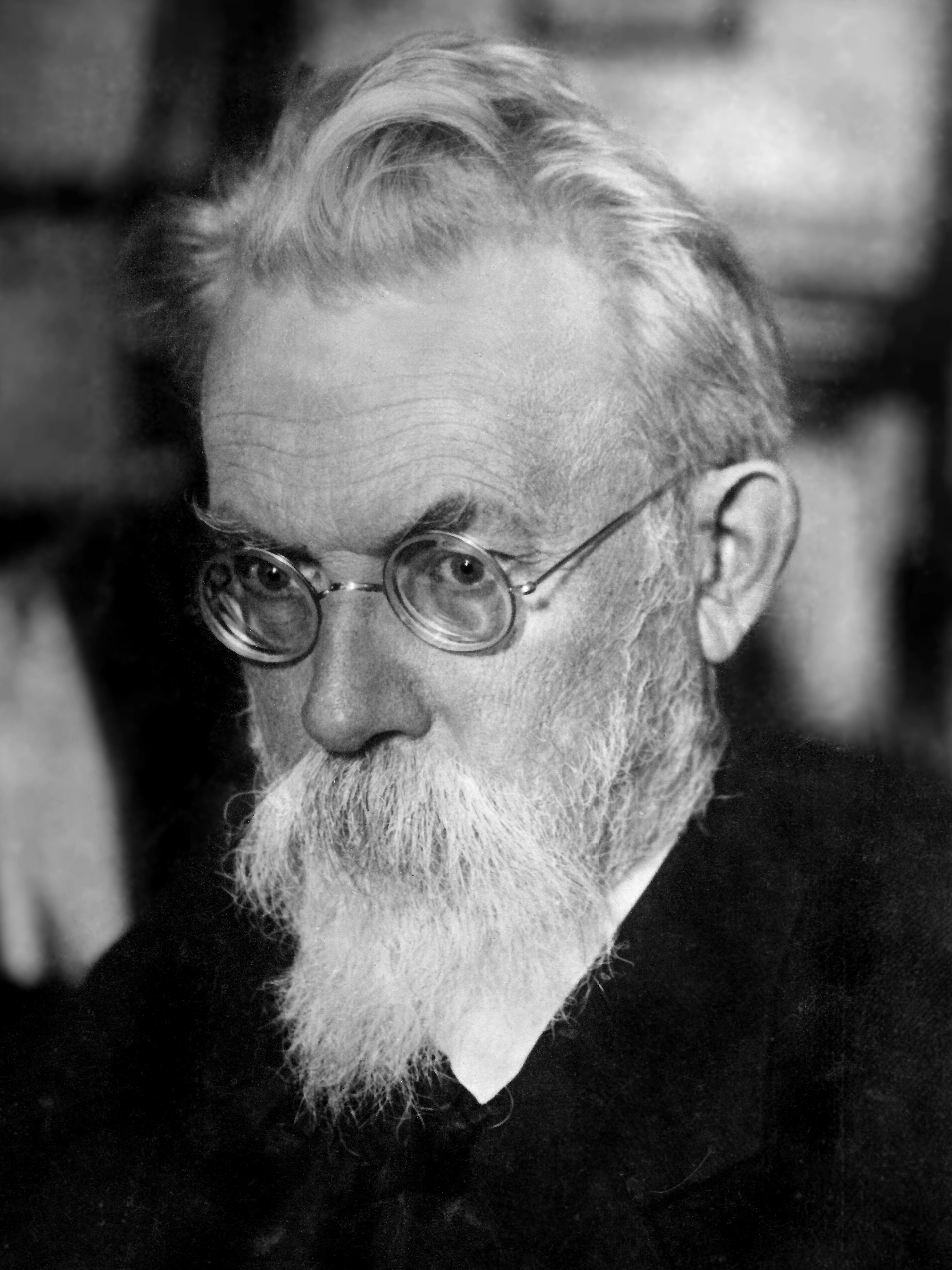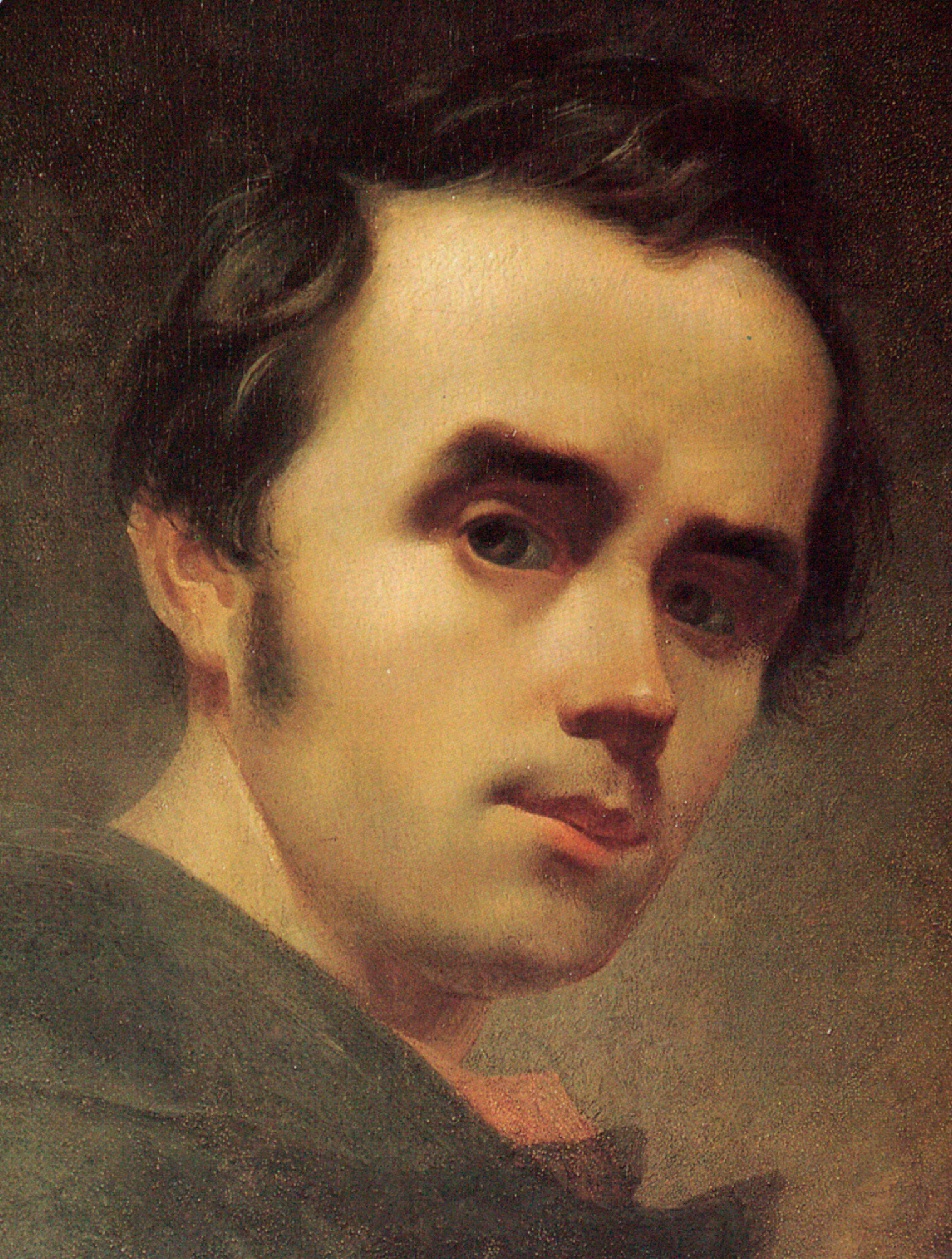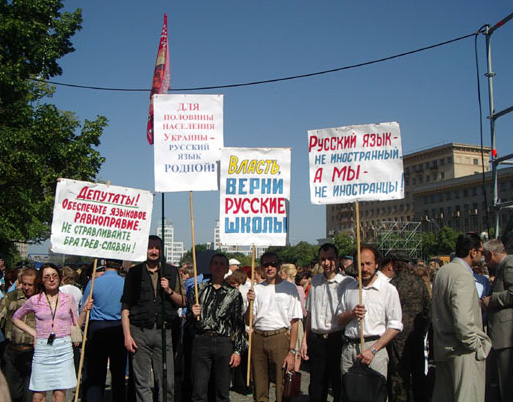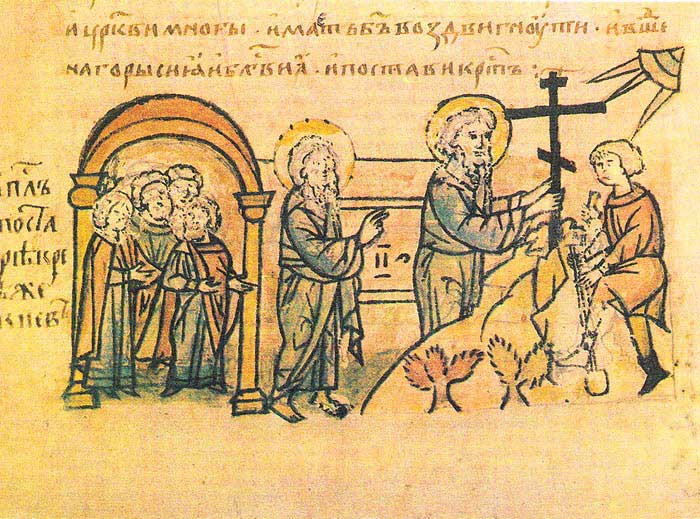|
Shevchenkivskyi District, Kyiv
The Shevchenkivskyi District is an urban district of the city of Kyiv, the capital of Ukraine. It was originally established on 4 April 1937, although in 2001 its area was increased following an annexation of the former Radianskyi and Starokyivskyi districts. The district is historically significant, as it was here on the Old Kyiv mount where the apostle Saint Andrew erected the cross, also the famous Golden Gate of Kyiv, the main entrance to the medieval city of Kyiv is located in the district, as are the three major churches of the city: Saint Sophia, Saint Michael and Saint Andrew. Furthermore, in this district the first parliament of Ukraine met at the Ukrainian Club Building and declared Independence in 1917. Population Language Distribution of the population by native language according to the 2001 census: Attractions The district also has the local opera house and several universities, such as Taras Shevchenko National University of Kyiv and Kyi ... [...More Info...] [...Related Items...] OR: [Wikipedia] [Google] [Baidu] |
Subdivisions Of Kyiv
Subdivisions of Kyiv, the capital city of Ukraine, include formal administrative subdivisions known as Urban districts of Ukraine, urban districts (raions) and also more specific, informal subdivisions referred to as historical neighborhoods. The city is divided in half by the river Dnieper, Dnipro, and therefore creates two important portions of the capital city. The so-called "Left-bank of Kyiv", as in reference to the river Dnieper, Dnipro, and which is the newer half of the city, plus the "Right-bank of Kyiv", which includes the original or historic Kyiv, City of Kyiv. History of subdivision The first known formal subdivisions of Kyiv date back to the year 1810, when the city was subdivided into four sections: Pechersk, Kyiv, Pechersk, Starokyiv (Old Kyiv), and the first and second sections of Podil. In 1833–1834 according to Tsar#Russia, Tsar Nicholas I of Russia, Nicholas I's decree, Kyiv was subdivided into six police districts; later being increased to ten. As of 1917, th ... [...More Info...] [...Related Items...] OR: [Wikipedia] [Google] [Baidu] |
National Academy Of Sciences Of Ukraine
The National Academy of Sciences of Ukraine (NASU; , ; ''NAN Ukrainy'') is a self-governing state-funded organization in Ukraine that is the main center of development of Science and technology in Ukraine, science and technology by coordinating a system of research institutes in the country. It is the main research oriented organization along with the five other academies in Ukraine specialized in various scientific disciplines. NAS Ukraine consists of numerous departments, sections, research institutes, scientific centers and various other supporting scientific organizations. The Academy reports on the annual basis to the Cabinet of Ministers of Ukraine. The presidium of the academy is located at vulytsia Volodymyrska, 54, across the street from the Ukrainian Club Building, Building of Pedagogical Museum, which was used to host the Central Rada, Central Council during the independence period of 1917-18. In 1919–1991 it was a republican branch of the Academy of Sciences ... [...More Info...] [...Related Items...] OR: [Wikipedia] [Google] [Baidu] |
Kyiv National Economic University
The Kyiv National Economic University is a self-governing public university in Kyiv, Ukraine. The university was founded in 1906 as Higher commercial courses. It was ranked #3 by the Ukrainian national ranking of the universities conducted by Compass in 2012. According to one of the leading university rankings in the world (Eduniversal, 2015), KNEU occupied the second position among universities in Ukraine. In 2020, in the same ranking, it took the third place among Ukrainian universities. In 2005, the university was named in honor of Vadym Hetman, a prominent Ukrainian banker, economist, and the founder of the National Bank of Ukraine. History of formation and development * 1906 — Kyiv Higher Commercial Courses * 1908 — Kyiv Commercial Institute * 1920 — Kyiv Institute of National Economy (KINE) * 1934 — Kyiv Financial and Economic Institute * 1960 — Kyiv Institute of National Economy (KINE) * 1992 — Kyiv State Economic University * 1997 — Kyiv National Univ ... [...More Info...] [...Related Items...] OR: [Wikipedia] [Google] [Baidu] |
Taras Shevchenko National University Of Kyiv
The Taras Shevchenko National University of Kyiv (; also known as Kyiv University, Shevchenko University, or KNU) is a public university in Kyiv, Ukraine. The university is the third-oldest university in Ukraine after the University of Lviv and the University of Kharkiv. Its structure consists of 15 faculties and five institutes. The university was founded in 1834 by Nicholas I of Russia as the Saint Vladimir Imperial University of Kiev; it has since changed its name several times. During the Soviet Union era, Kiev State University was one of the top three universities in the Soviet Union, USSR, along with Moscow State University and Leningrad State University. It is ranked as the best university in Ukraine in many rankings. Its alumni include Mykola Lysenko, Nikolay Bunge, Mykhailo Drahomanov, Mykhailo Hrushevskyi, Nikolai Berdyaev, Mikhail Bulgakov, Ivan Schmalhausen, Theodosius Dobzhansky, Viacheslav Chornovil, and Leonid Kravchuk. The university is named after Taras Shevchenk ... [...More Info...] [...Related Items...] OR: [Wikipedia] [Google] [Baidu] |
Kyiv Opera
The Kyiv Opera group in Ukraine was formally established in the summer of 1867, and is the third oldest opera in Ukraine, after Odesa Opera and Lviv Opera. The Kyiv Opera Company perform Kyiv Opera House, named after Taras Shevchenko. History Early history: 1867 – 20th century Established in the summer of 1867 by Ferdinand Berger (? – 1875). Berger succeeded in inviting many talented singers, musicians, and conductors, and the city council (duma) had offered the newly created troupe to use the City Theatre (constructed in 1856, architect I. Shtrom) for their performances. Officially, the theatre was named the City Theatre but was most commonly referred to as the Russian Opera. The day of the first performance, November 8 (October 27 old style), 1867 was made a city holiday. The performance of the opera '' Askold's Tomb'' by Alexey Verstovsky was the troupe's debut. The cast included contralto Nataliya Oleksandrivna Mykhaylovska. The initial success is attributed ... [...More Info...] [...Related Items...] OR: [Wikipedia] [Google] [Baidu] |
Russian Language In Ukraine
Russian language, Russian is the most common first language in the Donbas and Crimea regions of Ukraine and the city of Kharkiv, and the predominant language in large cities in the East Ukraine, eastern and South Ukraine, southern portions of the country. The usage and status of the language is the subject of political disputes. Ukrainian language, Ukrainian is the country's sole state language since the adoption of the Constitution of Ukraine, 1996 Constitution, which prohibits an official bilingual system at state level but also guarantees the free development, use and protection of Russian and other languages of national minorities. In 2017 a new ''Law on Education'' was passed which restricted the use of Russian as a language of instruction. Nevertheless, Russian remains a widely used language in Ukraine in pop culture and in informal and commerce, business communication. History of the Russian language in Ukraine The East Slavic languages originated in the language spoken ... [...More Info...] [...Related Items...] OR: [Wikipedia] [Google] [Baidu] |
Ukrainian Language
Ukrainian (, ) is an East Slavic languages, East Slavic language, spoken primarily in Ukraine. It is the first language, first (native) language of a large majority of Ukrainians. Written Ukrainian uses the Ukrainian alphabet, a variant of the Cyrillic script. The standard language is studied by the National Academy of Sciences of Ukraine and Potebnia Institute of Linguistics. Comparisons are often made between Ukrainian and Russian language, Russian, another East Slavic language, yet there is more mutual intelligibility with Belarusian language, Belarusian,Alexander M. Schenker. 1993. "Proto-Slavonic", ''The Slavonic Languages''. (Routledge). pp. 60–121. p. 60: "[The] distinction between dialect and language being blurred, there can be no unanimity on this issue in all instances..."C.F. Voegelin and F.M. Voegelin. 1977. ''Classification and Index of the World's Languages'' (Elsevier). p. 311, "In terms of immediate mutual intelligibility, the East Slavic zone is a sin ... [...More Info...] [...Related Items...] OR: [Wikipedia] [Google] [Baidu] |
2001 Ukrainian Census
The 2001 Ukrainian census is to date the only census of the population of independent Ukraine. It was conducted by the State Statistics Committee of Ukraine on 5 December 2001, twelve years after the last Soviet Union census in 1989.In 2021, there will most likely be no all-Ukrainian census - Minister (21 April 2020) The next Ukrainian census was planned to be held in 2011 but has been repeatedly postponed. [...More Info...] [...Related Items...] OR: [Wikipedia] [Google] [Baidu] |
Ukrainian Club Building
The Kyiv City Teacher's House () also known as the Central Council House () is a historical building located at 57 Volodymyrska Street, in Kyiv, Ukraine. The building is located next to the "Yellow Building" of Taras Shevchenko National University of Kyiv and the Presidium Building of National Academy of Sciences of Ukraine. Currently, it is mainly occupied by the Ukrainian Trade Union of workers of Education and Science in Kyiv. It also houses the Pedagogical museum, the museum of Ukrainian Revolution (1917-1920), the State Pedagogical and Science Library of Sukhomlynsky, and the Cultural Center "Kyianochka". Both museums are located on the second floor. The building was constructed during the Imperial era in 1909-1911 by Pavlo Alyoshyn. Scope Originally, the building was built in 1912 for the Kyiv Pedagogical Museum that existed since 1901 and was located until 1913 in a building of the Kyiv National Academic Theatre of Operetta. In 1917 the museum was liquidated, and the ... [...More Info...] [...Related Items...] OR: [Wikipedia] [Google] [Baidu] |
St Andrew's Church, Kyiv
St Andrew's Church (, ''Andriivska tserkva'') is an Orthodox church in Kyiv, constructed between 1747 and 1754 to a design by the Italian architect Bartolomeo Rastrelli. It is a rare example of Elizabethan Baroque in Ukraine. Situated on a steep hill, where Andrew the Apostle is believed to have foretold the great future of the place as the cradle of Christianity in the Slavic lands, the church overlooks the historic Podil neighborhood. The building of St Andrew's Church is government-owned. In 1968, it was designated as a museum, part of the National Sanctuary "Sophia of Kyiv" as a landmark of cultural heritage. From 2008 to 2018, the Ukrainian Autocephalous Orthodox Church was allowed to use it as its mother church. In October 2018, in anticipation of the unification council of the Eastern Orthodox churches of Ukraine, the Ukrainian state decided instead to allow its direct use by the Ecumenical Patriarchate of Constantinople. At the beginning of the 21st century the buildi ... [...More Info...] [...Related Items...] OR: [Wikipedia] [Google] [Baidu] |
Saint Sophia's Cathedral, Kyiv
The Saint Sophia Cathedral (, або Софія Київська) in Kyiv, Ukraine, is an architectural monument of Kievan Rus'. The former cathedral is one of the city's best known landmarks and the first heritage site in Ukraine to be inscribed on the World Heritage List along with the Kyiv Cave Monastery complex. Aside from its main building, the cathedral includes an ensemble of supporting structures such as a bell tower and the House of Metropolitan. In 2011 the historic site was reassigned from the jurisdiction of the Ministry of Regional Development of Ukraine to the Ministry of Culture of Ukraine. One of the reasons for the move was that both Saint Sophia Cathedral and Kyiv Pechersk Lavra are recognized by the UNESCO World Heritage Program as one complex, while in Ukraine the two were governed by different government entities. The cathedral is a museum. The complex of the cathedral is the main component and museum of the National Reserve "Sophia of Kyiv" which is the ... [...More Info...] [...Related Items...] OR: [Wikipedia] [Google] [Baidu] |







